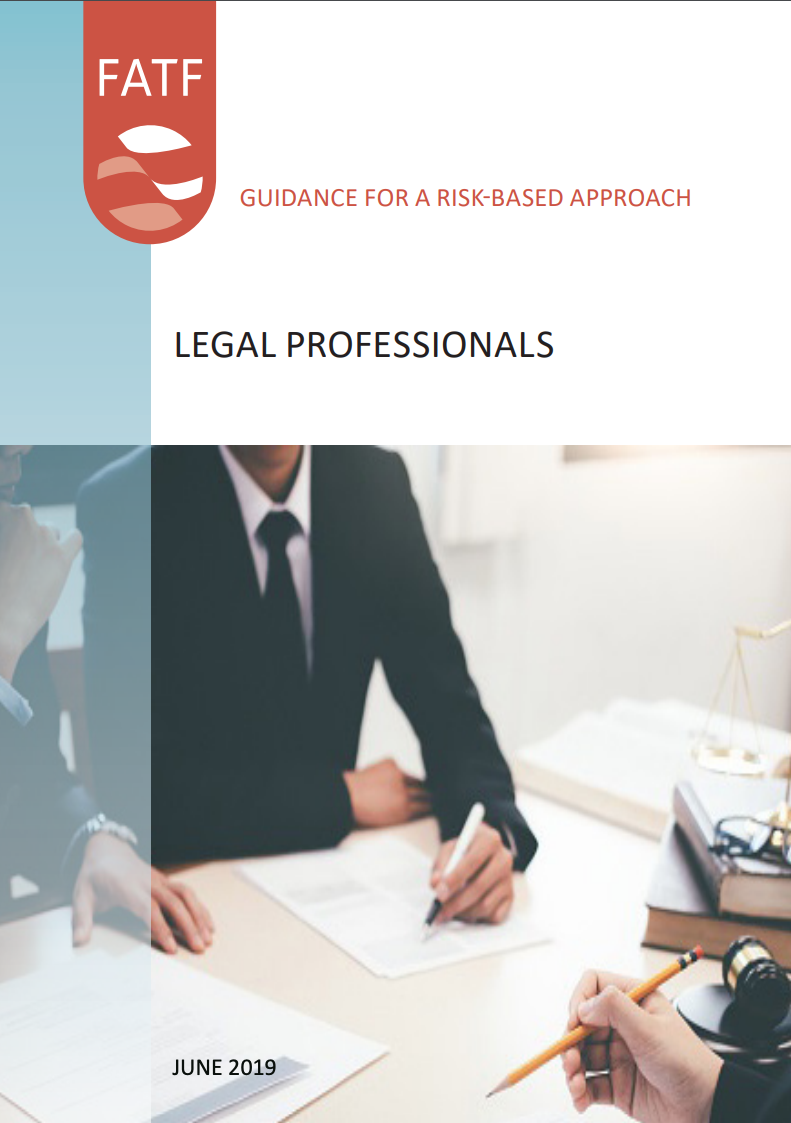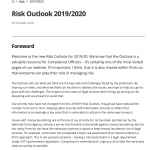For those of you frustrated by the grey areas and contradictions inherent in the risk-based anti-money laundering regime (AML) regime, this (long) guidance from the Financial Action Task Force (FATF) may help.
Who are the Financial Action Task Force (FATF)?
Based in Paris, the FATF is the international body responsible for setting AML standards and rating the AML risks posed by entire nations. The UK received a recent FATF visit, resulting in this 2018 report.
What is the FATF Risk Based Approach Guidance for Legal Professionals?
The FATF guidance is intended to help lawyers combat money laundering, recognising that legal professionals are gatekeepers to the legal and financial system. It takes a broad approach, because it is aimed at a global audience. The FATF states that the purpose of the Risk Based Approach Guidance for Legal Professionals is to:
- “Support the development of a common understanding of what the risk-based approach involves.
- Outline the high-level principles involved in applying the risk-based approach.
- Indicate good practice in the design and implementation of an effective risk-based approach.”
And it is certainly important reading for anyone caught by the Money Laundering Regulations 2017 (or to give them their proper title, The Money Laundering, Terrorist Financing and Transfer of Funds (Information on the Payer) Regulations 2017).
There is also a strong argument that the FATF Risk Based Approach Guidance for Legal Professionals should be required reading for all lawyers (if for no other reason than it’s easy peasy CPD…).
What does the FATF Risk Based Approach Guidance for Legal Professionals cover?
Warning: this is pretty heavy-going stuff – it is after all, AML guidance. It may take a couple of read-throughs to sink in. If you attempt to read it cover to cover you will fall asleep, guaranteed. To help guide your reading, here are some of the main take-away points:
- The guidance document is pretty vast at over 200 paragraphs. It is almost double the size of the previous (2008) guidance document, which reflects the increasing complexity of AML and also new risks emerging (such as crypto-assets). But it is well structured and easy to find specific sections.
- There is an entire section on guidance for regulators, which is clearly not relevant to practitioners. Remember this is written for a global audience, so you can expect a great deal of overlap with the HM Treasury-approved Legal Affinity Group guidance to the Money Laundering Regulations 2017.
- The FATF Risk Based Approach Guidance for Legal Professionals specifically applies to transactional and corporate legal work, although lawyers are best placed to judge whether their work type should fall into the scope of the guidance. Litigation and non-transactional work appear to fall outside of scope.
- There are 3 risk categories:
- country/geographic risk;
- client risk; and
- transaction or service risk.
The guidance spends considerable time explaining these risk factors, and essentially sets out some very useful warning signs to look out for (red flags). This alone would make a great basis for a staff training session.
- Within these risk factors, there are then ‘variables’ to consider i.e. mitigating or aggravating factors, which will affect the lawyer’s assessment of risk.
- As you would expect, the guidance also concentrates on establishing the ultimate beneficial owners and understanding the transaction in front of you









